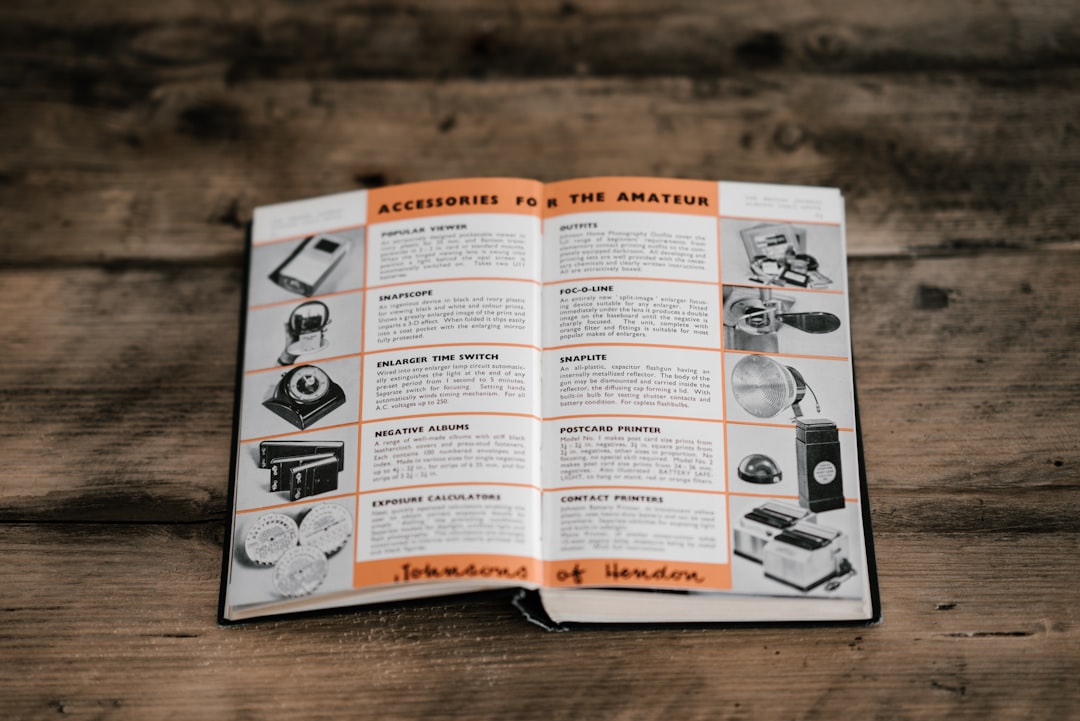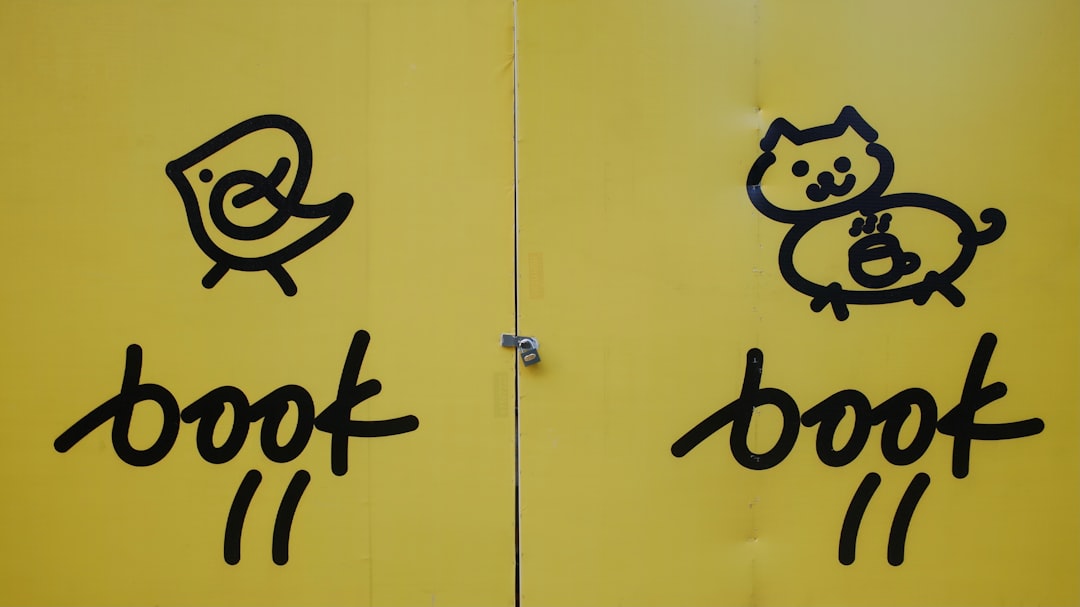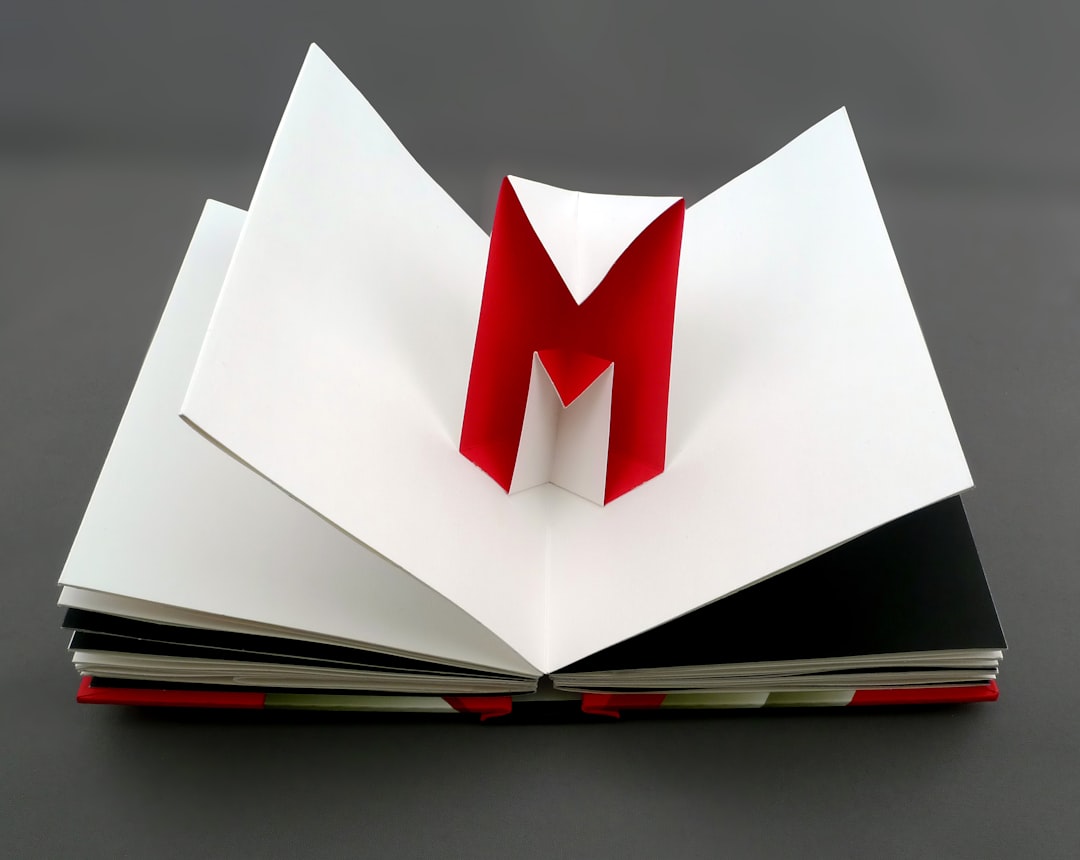Creating a compelling logo is essential for any bookstore or independent publisher looking to stand out in today’s crowded literary market. A logo acts as a visual ambassador that instantly communicates the essence and values of a brand. For those involved in the world of books, crafting something that reflects imagination, trust, and sophistication is ideal—but also something memorable and uniquely recognizable.
TLDR:
Designing the perfect logo for a bookstore or independent publisher requires balancing classic elements like books and pens with modern, personalized twists. From minimalist designs to whimsical mascots, the article explores 12 creative and professional logo ideas. Each concept is explained with examples and insights into why it works well. A FAQ section at the end assists with common questions about logo creation and branding.
1. Open Book Silhouette
An open book is one of the most universal symbols of reading, learning, and storytelling. This design can be sleek and minimal, or elaborately decorated depending on your brand’s persona. The focus here is symbolism—showing that the brand opens a world of knowledge or imagination to its community.

2. Quill and Ink Bottle
This vintage imagery calls back to an older era of publishing and writing—perfect for more traditional or literary-focused businesses. A stylized quill crossing over a delicate ink bottle can emphasize elegance and intellectualism.
Tip: Use muted tones like sepia, navy, or forest green to maintain a classy look.
3. Modernized Typography Logo
Sometimes simplicity is the strongest message. By using customized fonts, clean lines, and perhaps a single playful element—like a page turning or a pencil crossing through a letter—you can craft a logo that is modern, memorable, and scalable across platforms.
Ideal for: Bookstores with a contemporary or minimalistic brand identity.
4. Mascot-Based Logo
For indie bookstores that wish to appeal to younger audiences or local communities, a mascot-style logo can be very effective. Think a wise owl wearing glasses, a cat curled up with a novel, or a bookworm peeking out of a hardcover.
These logos aim to create emotional connections and character-led branding.

5. Bookshelf as Visual Identity
Using rows of books or creatively aligned spines can form a solid visual language. Whether stacked, leaning, or folded into initials, this approach turns books themselves into architectural or typographic elements that reflect abundance and variety.
Idea: Arrange books to form the name or initials of the brand for a decorative but functional design.
6. Negative Space Imagery
Playing with negative space can surprise and delight viewers while also conveying sophistication. For example, incorporate the shape of a pen nib or a candle flame in the white space between two stacked books.
These designs tend to be sleek and clever, great for publishers wanting a smart and modern look.
7. Tree of Knowledge
A tree whose leaves are made of books or whose branches curve into words is a powerful metaphor for growth and wisdom. This design works well for brands that position themselves as educational, community-driven, or rooted in literary tradition.
Variation: Try a seasonal tree motif—like cherry blossoms or autumn colors—to reflect regional or poetic branding themes.
8. Minimalist Mono-Icon
Single, bold icons that work well on digital platforms are highly recommended today. Think of an opened paperback forming a butterfly, or a single feather shaped like a book spine. These designs are simple but memorable, ideal for favicon use or social profiles.
9. Letterpress-Inspired Badge
Inspired by antique publisher’s stamps and engraving styles, badge logos densely pack information and charm into a circular or rectangular shape. Ideal for indie publishers with a “craft” ethos, this style lends authenticity and tactile associations to a literary brand.
10. Abstract Narrative Shapes
Rather than literal symbols, some logos work well with abstract patterns that evoke stories—for example, a spiral indicating a plot loop, or waves depicting rhythm and pace. These are often stylized and leave much to interpretation, promoting curiosity and thoughtfulness in the viewer.
11. Monogram Logos
For small, self-branded publishers or boutique book retailers, using initials to create a compact, typographic logo is both elegant and efficient. Combine serif fonts with organic ligatures or classic scroll elements to make it timeless.
12. Dynamic Book Motion
Illustrating a book in mid-flip or showing stylized air motion can suggest excitement, energy, and progress. This approach works well for publishers focused on new voices, trends, and fast-paced releases like zines or serialized fiction.
Image not found in postmeta
Tips for Choosing the Right Logo
- Target Audience: Always match the logo’s tone and style to the audience you’re trying to attract.
- Scalability: Ensure your logo works on everything from tiny mobile screens to large banners.
- Color Scheme: Choose a color palette that reflects emotion, personality, and readability.
- Font Selection: Use bookish or scholarly fonts for publishers, and friendlier ones for community bookstores.
Common Mistakes to Avoid
- Overcomplicating the design with too many elements.
- Ignoring digital usability—logos that don’t scale well can lose impact online.
- Using generic clipart instead of customized, unique graphics.
- Choosing trendy fonts or illustrations that may quickly go out of style.
Conclusion
A great bookstore or publishing logo is far more than just decorative—it is immersive, meaningful, and memorable. Whether you’re a cozy neighborhood bookshop, a boundary-pushing zine producer, or an indie publisher with academic roots, there’s a design direction that will perfectly encapsulate your mission. The twelve ideas above provide a versatile foundation and inspiration for anyone building a literary brand. Consider what story your logo should tell—and write it in pixels and ink.
FAQ
- How do I choose the right logo idea for my bookstore?
- Start by identifying your target audience, business values, and emotional tone. Then, select a logo idea that best communicates those elements in a visually cohesive way.
- Should my logo always include a book or literary object?
- Not necessarily. While it’s helpful for clarity, abstract or symbolic logos can offer uniqueness and deeper meaning if well-executed.
- What file format should I use for my logo?
- Vector formats like SVG or EPS are ideal for scalability. PNGs are good for the web due to their transparency support. Always keep an editable master file.
- Do I need to hire a professional designer?
- If budget permits, a designer can help translate abstract ideas into visuals more precisely. However, DIY tools with templates can work well for new small businesses.
- Can I trademark my logo?
- Yes, a unique logo can be trademarked to protect your brand. Consult a legal expert in intellectual property to assist with the process.
